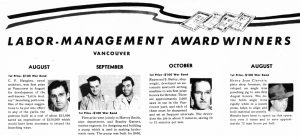When labor and management work side by side
From war-era labor-management committees to today’s unit-based teams, cooperation between labor and management brings innovation and progress to Kaiser Permanente.
Article about the role of labor-management committees at the Kaiser Richmond Shipyards, August 6, 1943.
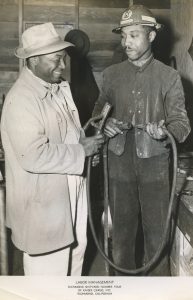
Two Kaiser Richmond Shipyard #4 employees, “Labor Management,” January 4, 1944. Photo courtesy of the National Park Service, Rosie the Riveter WWII Home Front National Historic Park.
During World War II, American industrialist Henry J. Kaiser’s job was building ships to win the war. Everything else — the housing and transportation infrastructure required to accommodate the influx of workers, even the incredible health care program that is his greatest surviving legacy — was a secondary, but necessary, part of the deal. And it was accomplished with a remarkable level of respect and cooperation between labor and management.
In an article titled “Class Bitterness Most Serious Problem for Labor, Management” in the Oakland Tribune September 9, 1943, Kaiser said “There is no such thing as labor relations. There are only human relations. You are dealing with people, not impersonal problems of finance or electronics. There are 3 sides to every argument — your side, my side, and the right side.”
Cooperation was pragmatic. Since Kaiser’s approach to building ships — like products in an assembly line — was new and evolving, there was an urgent need for innovation and shop-floor creativity. Workers were always coming up with more effective and efficient approaches, and rewards ranged from war bonds to the right to christen a ship.
This cooperation was the task of labor-management committees, established in early 1942 at the behest of the War Production Board. When the committees were first set up, some saw it as a plan by industry to throttle unions, but the WPB directive stated: “The plan is not to further any special interests of any group nor to promote company unions or to interfere with bargaining machinery.”
Since production improvement involved many things besides mere mechanics, the committees also concerned themselves with matters such as housing, food, transportation, and morale. Valuable suggestions were shared with other shipyards, and by the end of 1944 over 3,000 ideas had been put forward that saved an estimated $45 million and 31 million labor-hours.
Today’s health care work site may not be the war-driven frenzy of the Kaiser shipyards, but it still relies on workers’ wisdom to serve Kaiser Permanente members through its unit-based teams. These are groups of front-line employees, managers, physicians, and dentists whose work brings them together naturally and who collaborate with one another to improve member and patient care. The Kaiser Permanente Labor Management Partnership’s UBTs continue the tradition of healthy competition and innovation to achieve results.
Recent examples of successes include a UBT at Kaiser Permanente’s Capitol Hill Medical Center in Washington, D.C. that adjusted to a big jump in Kaiser Permanente member enrollment and improved patient care at the same time; a team at Colorado’s Ridgeline Behavioral Health Center, which reduced the number of unnecessary emergency department visits while still ensuring patient care; and a Sacramento pharmacy that helped members reduce wait times.
Henry J. Kaiser’s vision of labor-management cooperation was channeled by Harry Caulfield, MD, a previous executive director of The Permanente Medical Group, when Dr. Caulfield described the first National Partnership Agreement signed in 1997: “When we work together, then we’re able to progress together. But without each other, neither one of us will be able to accomplish anything near what we could accomplish together.”
-
Social Share
- Share When Labor and Management Work Side by Side on Pinterest
- Share When Labor and Management Work Side by Side on LinkedIn
- Share When Labor and Management Work Side by Side on Twitter
- Share When Labor and Management Work Side by Side on Facebook
- Print When Labor and Management Work Side by Side
- Email When Labor and Management Work Side by Side

January 9, 2026
Where we are, and ways forward
Although national bargaining remains paused, we’ve made progress in local …

January 9, 2026
Alliance bargaining: An update on local bargaining

December 26, 2025
Momentum at local tables
Here are the facts about progress at local bargaining.

December 18, 2025
Why we paused bargaining
We made the difficult decision to pause national bargaining with the Alliance …
December 17, 2025
Final session of 2025 concludes with one tentative agreement
Four additional bargaining dates set to kick off the new year.

December 14, 2025
Let’s close the deal
Historic 21.5% wage boost and enhanced benefits await. Watch this message …
December 10, 2025
A productive 22nd NUHW bargaining session
After a 3-week hiatus, 3 tentative agreements were reached.

December 5, 2025
Where we stand
New bargaining dates are set for December 11 to 15, as Alliance-represented …

November 20, 2025
It’s time to move forward
Our strong, historic offer honors Alliance-represented employees’ contributions …
November 18, 2025
Busy day at the bargaining table for Kaiser Permanente and NUHW
Several responses to proposals were shared in 21st bargaining session.
November 11, 2025
Kaiser Permanente and NUHW check in on outstanding proposals
Three responses were shared in the 20th bargaining session.
November 7, 2025
Kaiser Permanente and NUHW reach one tentative agreement
Additional sessions in December were confirmed.

November 7, 2025
Negotiations continue
Kaiser Permanente offers proposal that would provide for more employee …

November 4, 2025
Visualizing our offer
New online tool provides Alliance-represented employees a personalized …

November 4, 2025
A best place to work for veterans
As a 2025 top Military Friendly Employer, Kaiser Permanente supports veterans …
October 31, 2025
Kaiser Permanente and NUHW continue negotiations
Four proposals were exchanged in 18th bargaining session.
October 28, 2025
2 tentative agreements reached in 17th session
Kaiser Permanente and NUHW continue making progress at the bargaining table.

October 24, 2025
Strong offer, stronger future
Kaiser Permanente’s economic proposal rewards Alliance-represented employees …

October 19, 2025
Kaiser Permanente returns to normal operations after strike
Bargaining for a new national contract with the Alliance of Health Care …
October 16, 2025
Bargaining continues during 16th session
Additional counterproposals exchanged between Kaiser Permanente and NUHW.
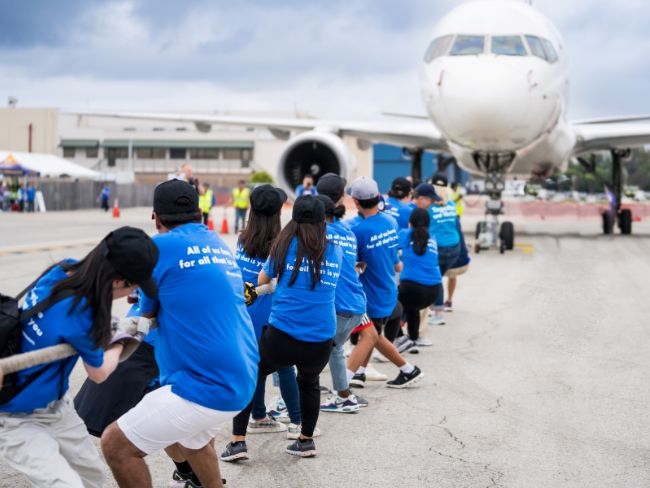
October 15, 2025
Kaiser Permanente shows up strong for the annual plane pull
Championing health equity and teamwork drives Kaiser Permanente’s support …

October 13, 2025
Our statement on the Alliance of Health Care Unions’ strike
We remain committed to an agreement that balances fair pay with affordable …

October 12, 2025
A strong offer that puts patients and employees first
We're committed to reaching an agreement that honors our employees, protects …
October 11, 2025
Another tentative agreement reached in bargaining
Additional counterproposals exchanged between Kaiser Permanente and NUHW.

October 10, 2025
Latest bargaining session fails to reach agreement
We are committed to negotiating a fair contract with the Alliance, despite …
October 6, 2025
Kaiser Permanente and NUHW exchange multiple proposals
Session marked by continued dialogue.

October 4, 2025
Despite strong offer on the table, strike notices received
Kaiser Permanente strengthens latest economic proposal offering competitive …
October 2, 2025
Key proposals reintroduced at NUHW bargaining
Kaiser Permanente and NUHW reach a tentative agreement on associate licensure …
September 30, 2025
Tailoring mental health care to the needs of our members
Recognizing that mental health is an essential part of overall well-being, …

September 29, 2025
Work continues to reach new national agreement
Kaiser Permanente and Alliance enter into third-party mediation to help …
September 26, 2025
Bargaining continues with meaningful exchange of proposals
Kaiser Permanente and the National Union of Healthcare Workers exchange …
September 24, 2025
Bargaining gains momentum with 2 new tentative agreements
Kaiser Permanente and the National Union of Healthcare Workers agree on …

September 24, 2025
A job at Kaiser Permanente is much more than a paycheck
Being a part of the country’s largest mission-driven health care organization …

September 24, 2025
See what makes our offer stand out
Higher pay and investments in your benefits and educational opportunities …
September 22, 2025
NUHW bargaining sessions provide robust exchanges
Kaiser Permanente and the National Union of Healthcare Workers discuss …

September 19, 2025
Understanding the value of a Kaiser Permanente job
Our proposal means higher pay and stronger benefits for you.
September 17, 2025
Progress continues in NUHW bargaining sessions
Kaiser Permanente and the National Union of Healthcare Workers exchange …

September 13, 2025
The value of a Kaiser Permanente job
Kaiser Permanente is proud to offer competitive pay, outstanding benefits, …

September 13, 2025
Update on Alliance national bargaining
Negotiations focus on pay, benefits, and remaining staffing proposals.

September 13, 2025
Details of our latest offer to the Alliance of Health Care Unions
Kaiser Permanente rewards employees for the excellent care they provide.
August 29, 2025
Negotiations focus on patient access, therapist support
Kaiser Permanente and NUHW continue to exchange and consider proposals.

August 28, 2025
We celebrate our employees this Labor Day
Kaiser Permanente has a long, proud history of working with unions.
August 26, 2025
Kaiser Permanente and NUHW bargaining update
Our proposals to the National Union of Healthcare Workers seek greater …

August 23, 2025
Alliance national bargaining update
New tentative agreements enhance the minimum wage and strengthen the Labor …
August 15, 2025
NUHW bargaining progresses
Discussions at the bargaining table focused on the job duties and workload …
August 13, 2025
Third tentative agreement reached
Kaiser Permanente and the National Union of Healthcare Workers continue …
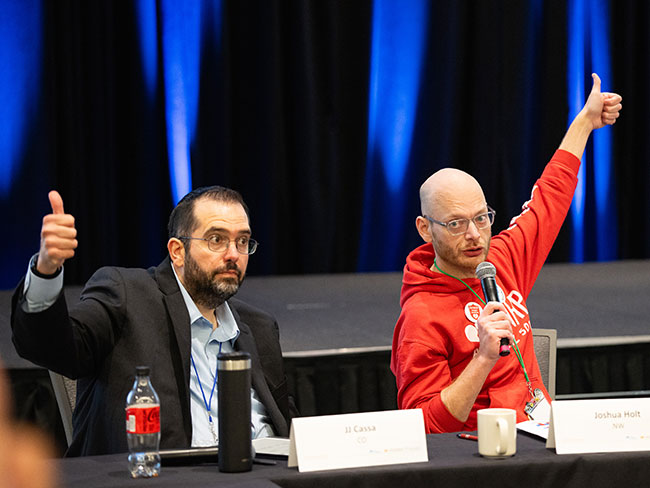
August 7, 2025
Alliance national bargaining talks move forward
Kaiser Permanente and the Alliance reach 30 tentative agreements.
July 31, 2025
Second tentative agreement reached
Kaiser Permanente and the National Union of Healthcare Workers reached …
July 24, 2025
NUHW bargaining continues in Northern California
Kaiser Permanente and the National Union of Healthcare Workers reached …

July 17, 2025
National bargaining talks progress
Kaiser Permanente and Alliance of Health Care Unions navigate key issues. …

July 17, 2025
2025 Alliance national bargaining facts at a glance
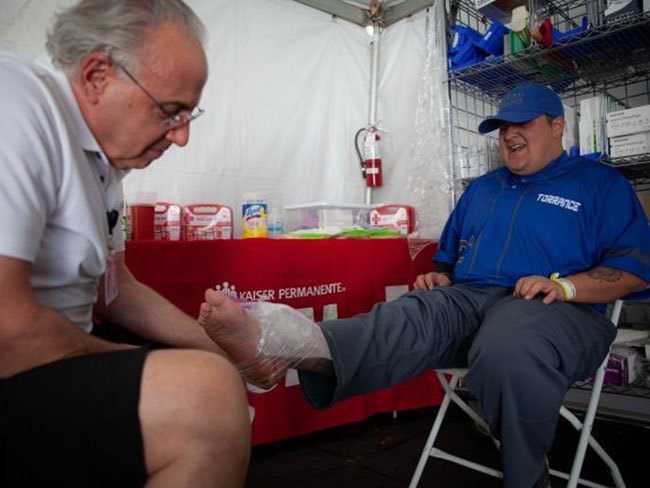
July 16, 2025
More than just a game
Kaiser Permanente partners with Special Olympics of Southern California …
July 11, 2025
NUHW bargaining update in Northern California
In a second bargaining session, Kaiser Permanente and the National Union …
July 8, 2025
NUHW bargaining begins in Northern California
First day of negotiations between Kaiser Permanente and the National Union …
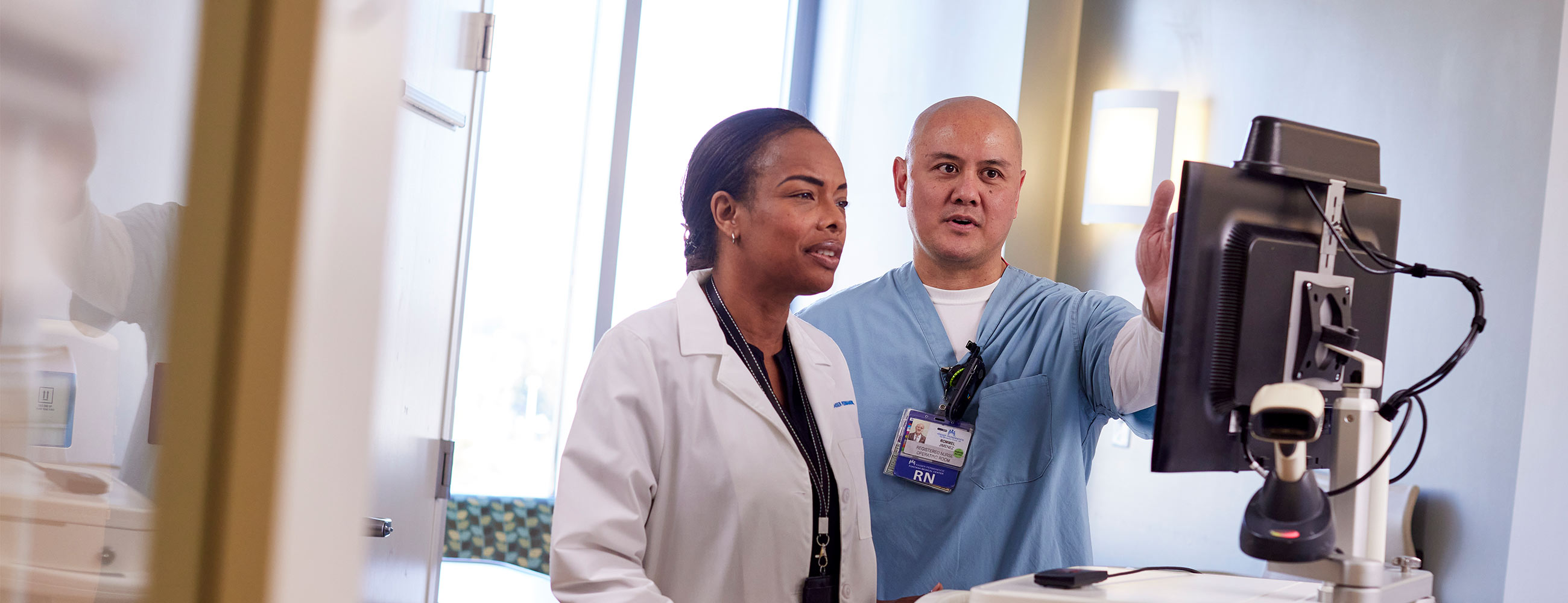
July 8, 2025
Working together at the heart of health care
Organized labor is key to who we are, where we’ve been, and where we’re …

June 23, 2025
How Kaiser Permanente uses AI responsibly
To guide our use of AI, Kaiser Permanente has created a set of 7 responsible …

June 5, 2025
National bargaining progress continues
Kaiser Permanente and Alliance unions reach 4 tentative agreements and …

June 4, 2025
Frequently asked questions about bargaining
Here’s what you should know now that Alliance of Health Care Unions national …
May 8, 2025
New NUHW contract ratified
Kaiser Permanente Southern California and the National Union of Healthcare …

May 8, 2025
Interest-based problem solving: What it is, why it matters
During national bargaining, labor and management use this collaborative …

May 8, 2025
National Alliance bargaining begins
Kaiser Permanente and the Alliance of Health Care Unions kick off negotiations …

April 30, 2025
A history of trailblazing nurses
Nursing pioneers lay the foundation for the future of Kaiser Permanente …

April 16, 2025
Sidney R. Garfield, MD: Pioneer of modern health care
Kaiser Permanente’s co-founding physician spread prepaid care and the idea …
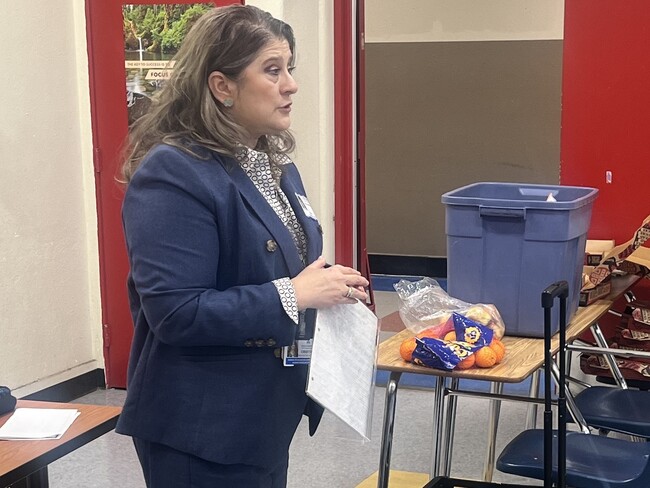
March 27, 2025
We’re committed to mentorship, mental health, and communities
Kaiser Permanente awarded Elevate Your G.A.M.E. a grant to expand program …

March 25, 2025
AI in health care: 7 principles of responsible use
These guidelines ensure we use artificial intelligence tools that are safe …

March 17, 2025
Remembering Bill Coggins and his lasting legacy
The founder of the Kaiser Permanente Watts Counseling and Learning Center …

December 26, 2024
Linking isolated communities to care
A collaborative partnership, powered by trusted nonprofit partners, brings …
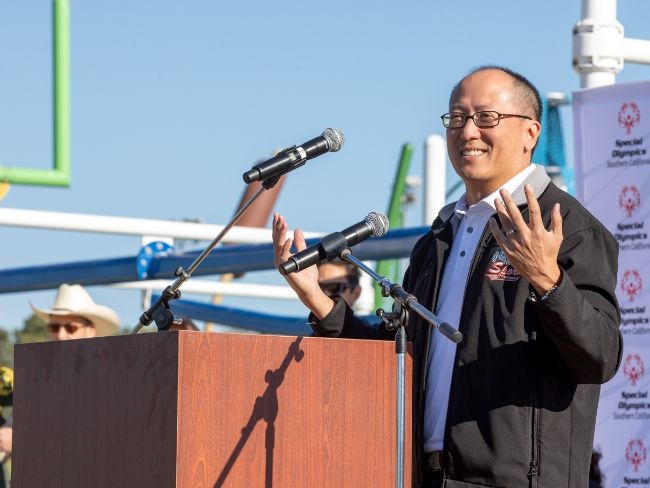
December 16, 2024
Helping to build and support inclusive communities
At the Special Olympics Southern California Fall Games, Kaiser Permanente …

November 11, 2024
Health care coverage now accessible to uninsured people
Indigenous farmworkers may qualify for new Kaiser Permanente coverage.

November 11, 2024
Medicare telehealth flexibilities should be here to stay
We urge Congress to extend policies that have improved access to care and …

October 15, 2024
Our dedication to fostering well-being and equity
The 2023 Kaiser Permanente Southern California Community Health County …

October 2, 2024
Honored for supporting people with disabilities
Leading U.S. disability organizations recognize Kaiser Permanente for supporting …

September 16, 2024
Voting affects the health of our communities
In honor of National Voter Registration Day, we encourage everyone who …

July 16, 2024
Teacher residency program improves retention and diversity
A $1.5 million Kaiser Permanente grant addresses Colorado teacher shortage …

July 2, 2024
Reducing cultural barriers to food security
To reduce barriers, Food Bank of the Rockies’ Culturally Responsive Food …

June 19, 2024
Investments in Black community promote total health for all
Funding from Kaiser Permanente in Washington helps to promote mental health, …
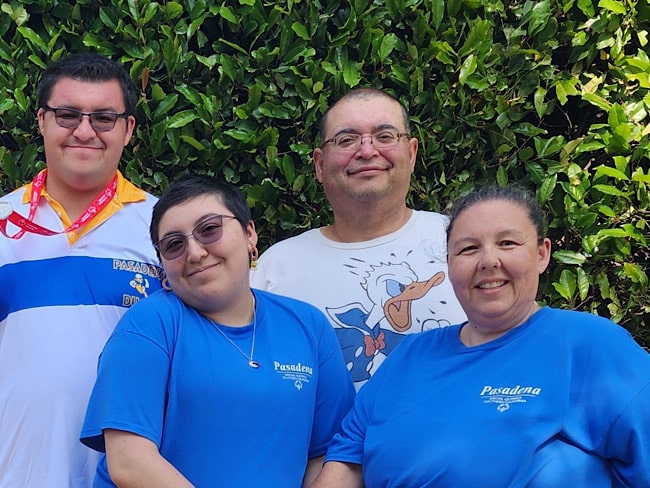
May 30, 2024
Special Olympics Summer Games: Will you play a part?
Kaiser Permanente employee Carrie Zaragoza volunteers for Special Olympics …

May 14, 2024
Recognized again for leadership in diversity and inclusion
Fair360 names Kaiser Permanente to its Top 50 Hall of Fame for the seventh …

May 7, 2024
Can the badly broken prescription drug market be fixed?
Prescription drugs are unaffordable for millions of people. With the right …

May 3, 2024
Henry J. Kaiser: America’s health care visionary
Kaiser was a major figure in the construction, engineering, and shipbuilding …

April 12, 2024
It’s time to address America’s Black maternal health crisis
Health care leaders and policymakers should each play their part to help …

April 8, 2024
Martin Luther King Jr.’s dream is alive at Kaiser Permanente
Greg A. Adams, chair and chief executive officer of Kaiser Permanente, …

March 18, 2024
Program helps member prioritize her health
Medical Financial Assistance program supports access to health care.

March 6, 2024
Former employee honored for supporting South LA families
Bill Coggins, who founded the Kaiser Permanente Watts Counseling and Learning …

March 4, 2024
Taking care of Special Olympics athletes
Kaiser Permanente physicians and medical students provide medical exams …

February 13, 2024
A legacy of life-changing community support and partnership
The Kaiser Permanente Watts Counseling and Learning Center started as a …

February 2, 2024
Expanding medical, social, and educational services in Watts
Kaiser Permanente opens medical offices and a new home for the Watts Counseling …

December 20, 2023
Championing inclusivity at the Fall Games
Kaiser Permanente celebrates inclusion at Special Olympics Southern California …

December 7, 2023
Safe, secure housing is a must for health
We offer housing-related legal help to prevent evictions and remove barriers …
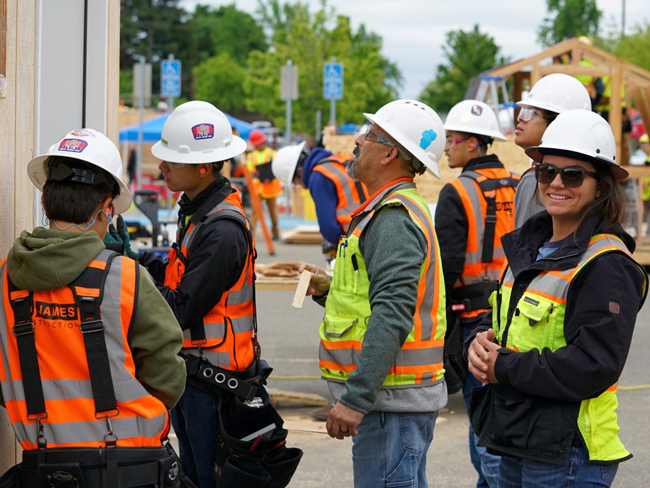
December 6, 2023
Solid foundation: How construction careers support health
Steady employment can improve a person's health and well-being. Our new …

November 9, 2023
New 4-year agreement ratified
National agreement between Kaiser Permanente and the Coalition will help …

November 1, 2023
Meet our 2023 to 2024 public health fellows
To help develop talented, diverse community leaders, Kaiser Permanente …

October 17, 2023
How Kaiser Permanente evolved
Sidney R. Garfield, MD, and Henry J. Kaiser came together to pioneer an …

September 13, 2023
Transforming the medical record
Kaiser Permanente’s adoption of disruptive technology in the 1970s sparked …

August 15, 2023
'Hot-spot' strategy gets more Californians vaccinated
A new location-based vaccine strategy by Kaiser Permanente was successful …

August 10, 2023
Highlighting our community health work in Southern California
The Kaiser Permanente Southern California 2022 Community Health Snapshot …

August 2, 2023
Social health resources are just a click or call away
The Kaiser Permanente Community Support Hub can help members find community …

July 26, 2023
Kaiser Permanente hiring 10,000 new staff for Coalition jobs
More than 6,500 of these union-represented positions have already been …

June 30, 2023
Our response to Supreme Court ruling on LGBTQIA+ protections
Kaiser Permanente addresses the Supreme Court decision on LGBTQIA+ protections …

June 29, 2023
Our response to Supreme Court's ruling on affirmative action
Kaiser Permanente addresses the Supreme Court decision on affirmative action …
